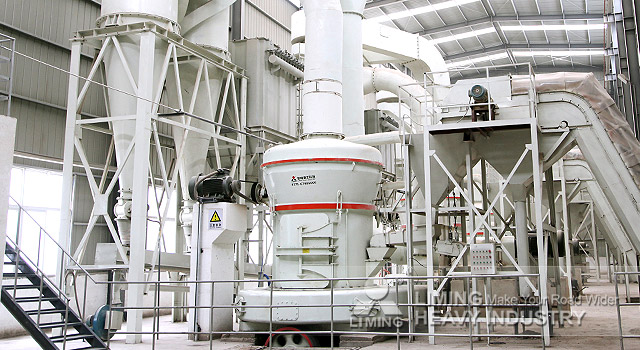Metal ore mining is a crucial industrial activity that involves extracting valuable minerals and metals from the Earth’s crust. The process of mining encompasses various stages, including exploration, extraction, processing, and refining. One integral aspect of the extraction and processing stages is the use of grinding machines, which play a vital role in breaking down the extracted ore into smaller particles for further processing.

Grinding machines are specialized equipment designed to break down larger solid materials, such as ores, into smaller pieces through mechanical force. They are essential for preparing the ore for subsequent beneficiation and metal extraction processes. The primary purpose of grinding is to increase the surface area of the ore, allowing for better chemical reactions to take place during downstream processing.
Several types of grinding machines are employed in the mining industry, each with unique characteristics suitable for different ore types and processing requirements. Some of the most common types include:
Ball Mills: These machines use steel balls as grinding media to reduce the ore particles to a desired size. The ore is fed into the rotating drum, and the impact and friction generated by the falling balls grind the ore into finer particles.
Autogenous Mills: These mills exclusively use the ore itself as the grinding media, relying on autogenous grinding, where the ore breaks itself against a self-grinding mechanism.
Vertical Mills: These mills have the grinding mechanism oriented vertically, which aids in finer grinding and allows for better control over particle sizes.
The grinding process is energy-intensive and often contributes a significant portion of the operational costs in mining operations. Hence, advancements in grinding technology aim to improve efficiency and reduce energy consumption. Modern grinding machines are equipped with advanced control systems and monitoring tools to optimize performance, adjust operating parameters, and ensure consistent product quality.
After grinding, the ore particles are often subjected to additional beneficiation processes, such as flotation, leaching, or magnetic separation, to separate valuable metals from the gangue minerals. The final step involves refining the extracted metals to obtain high-purity products ready for industrial applications.
